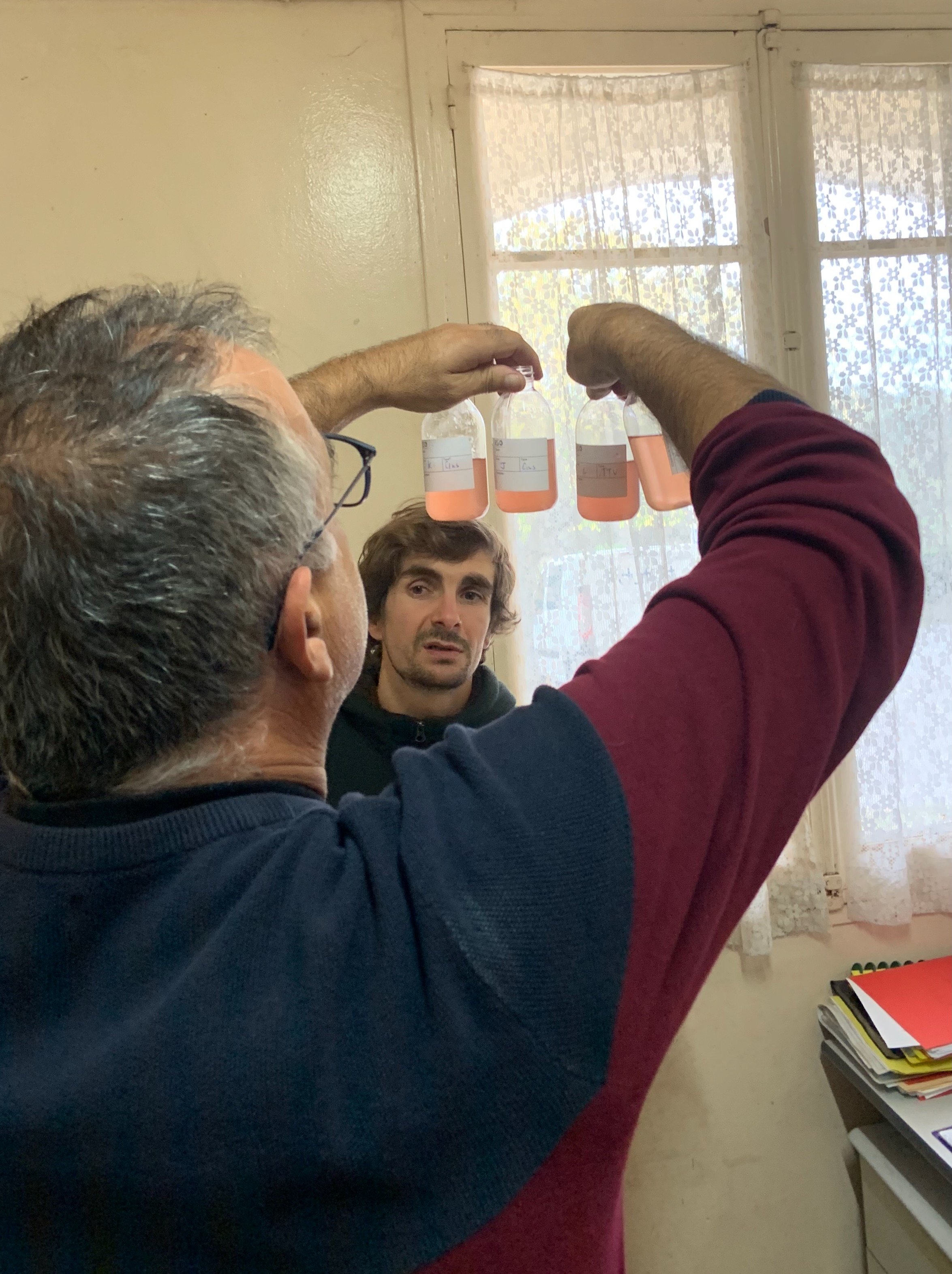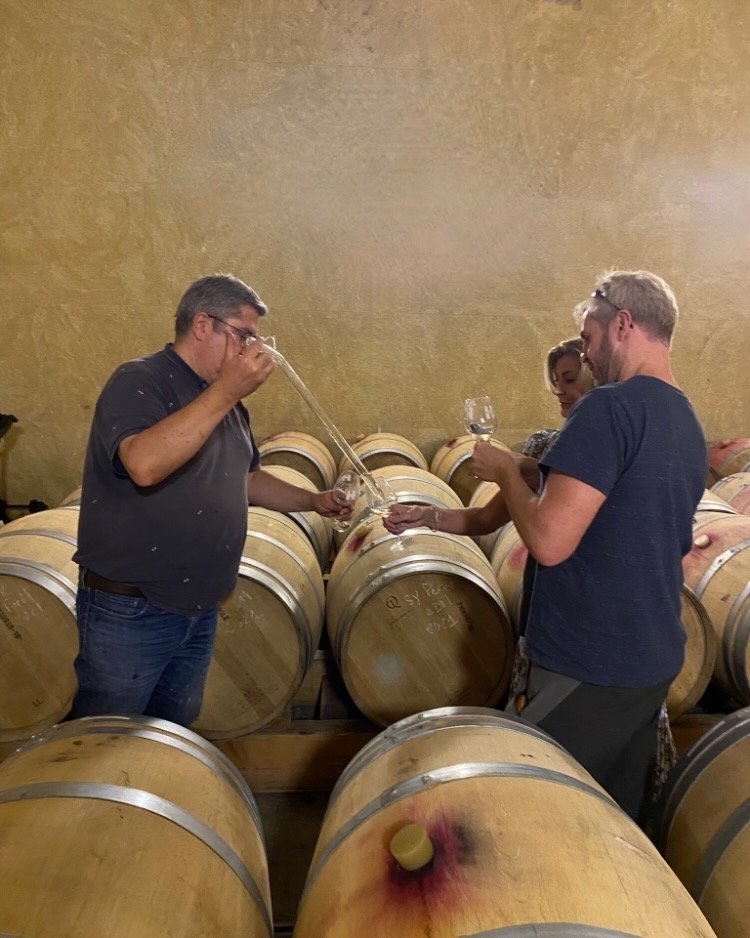The art and science of wine making: from vine to bottle.
/Winemaking is an ancient art that has evolved over millennia, blending creativity with science.It’s a process that turns humble grapes into one of the world’s most beloved beverages, enjoyed across cultures and ages. While each winery may have its unique approach, the core principles of winemaking remain largely the same
Wine making starts with the harvest.
As we know, grapes are the main ingredient in wine. The first step in winemaking is the grape harvest (already covered in our previous blog). Modern winemakers rely on a combination of science and ancient tasting to determine when to harvest their grapes.
From fruit to juice: the important and crucial vinification stage
In winemaking, the vinification stage is the process of transforming grape juice into wine. Many factors are decisive at this stage and the winemaker’s experience and craftsmanship are essential at this stage.
De-stemming, crushing and pressing: extracting the juice.
De-stemming involves removing the stems (or stalks) from grape bunches, essentially turning whole grape clusters into single berries. Crushing breaks the skins of the grapes, releasing the juice, pulp and seeds. Pressing separates the juice from the skins and other solids of the grapes.
For a white wine, the manufacturer will quickly press the must after crushing it to separate the juice from the skin, seeds, and solids. This prevents color and tannins from entering the white wine. Red wine, on the other hand, is left in contact with its skins to infuse color, flavor and tannins into the wine.
Fermentation: The Magic Begins
Fermentation is where the true transformation takes place. In this stage, yeast—either natural or added—converts the sugar in the grape juice into alcohol. This process typically takes a week or two for red wines and a bit less for whites.
Once fermentation begins, it will generally continue until all the sugar is converted to alcohol leaving a dry wine. This can be a period of ten days up to a month. Alcohol levels may vary from wine to wine, depending on the amount of sugar that the initial must has.
During fermentation, the winemaker monitors various factors like temperature and sugar levels to ensure that the process progresses smoothly. The result is a "must"—a mixture of grape juice, skins, seeds, and yeast.
Aging: Shaping the Wine’s Character
Aging is a crucial stage, as it allows the wine to mature, develop its flavors, and achieve balance. Oak barrels are often used for aging red wines, as they can impart additional flavors like vanilla, spice, and toasted wood. Stainless steel tanks, in contrast, preserve the wine’s freshness and fruitiness, which is why they’re commonly used for white wines and some lighter reds.
Malolactic fermentation
The wine obtained during the previous steps is again subjected to a new fermentation process. Through this process the acid flavor is lowered, which makes wines more pleasant for the palate.
Bottling and Beyond
Once the wine has matured to the winemaker's satisfaction, it is filtered to remove any remaining solids and bottled. Some wines are ready to drink immediately, while others continue to evolve in the bottle, gaining complexity and depth over time.
The art of winemaking is not just about the technical process; it’s about understanding the interplay of nature, technique, and intuition. Each bottle of wine is a reflection of the land it comes from, the skill of the winemaker, and the unique conditions of that particular year’s harvest.
Wine is a living product—one that reflects the efforts of many hands, from the vineyard workers to the winemakers themselves. With each sip, we taste the culmination of this ancient craft.











